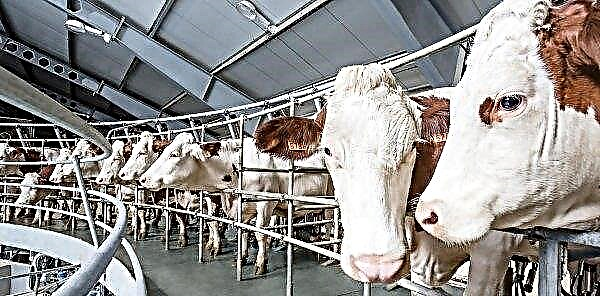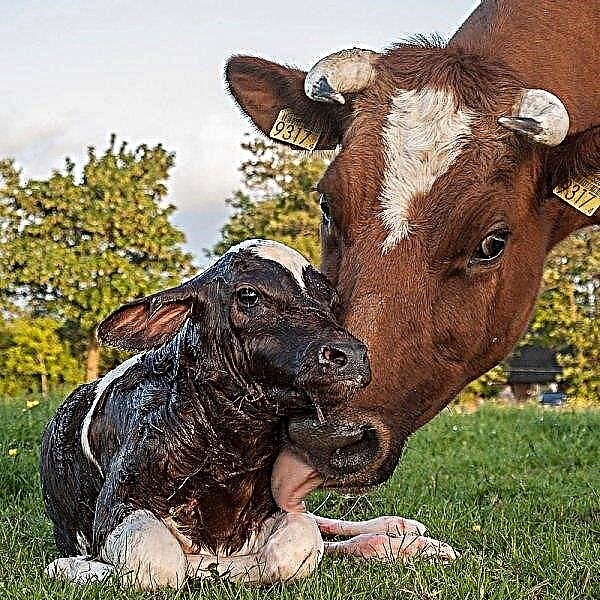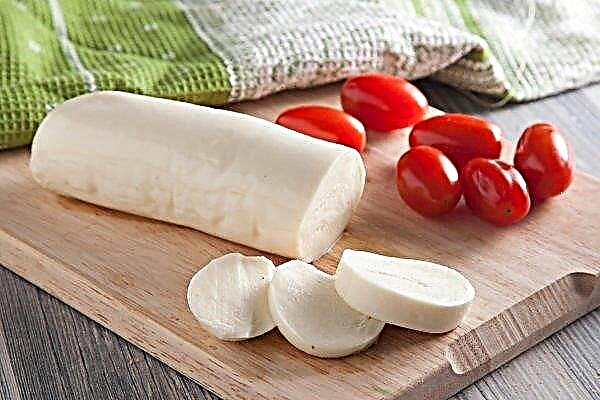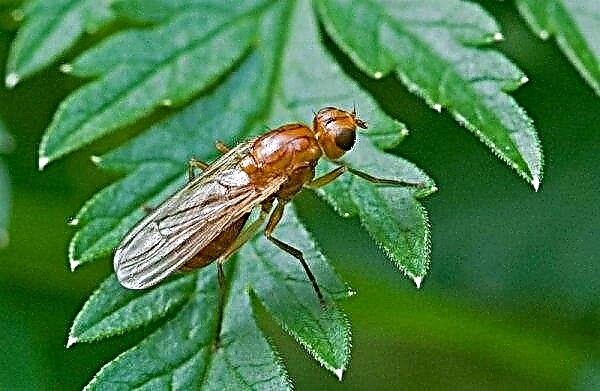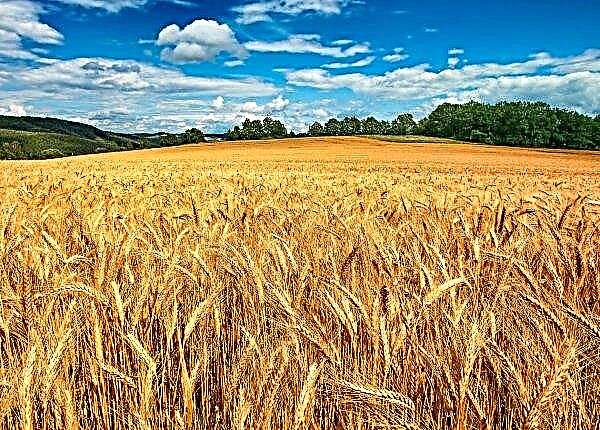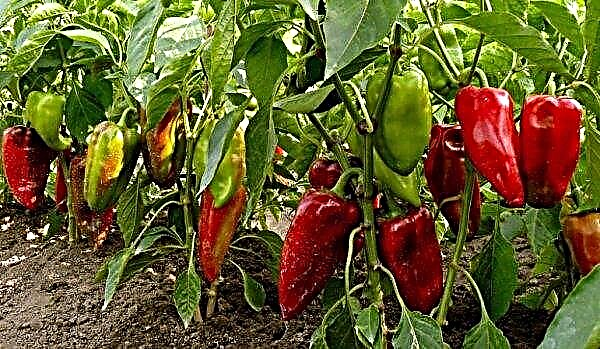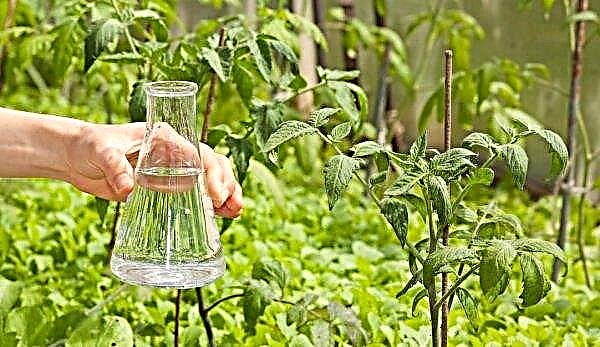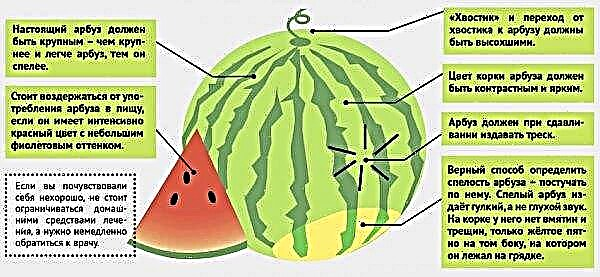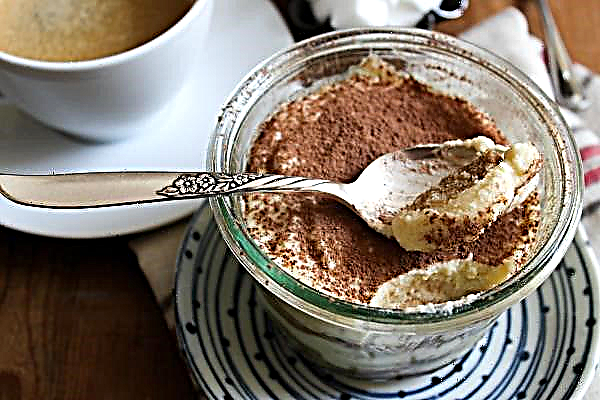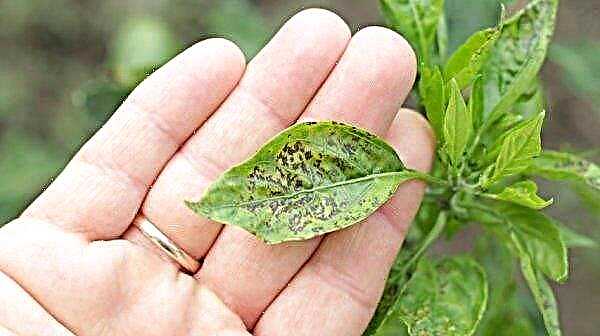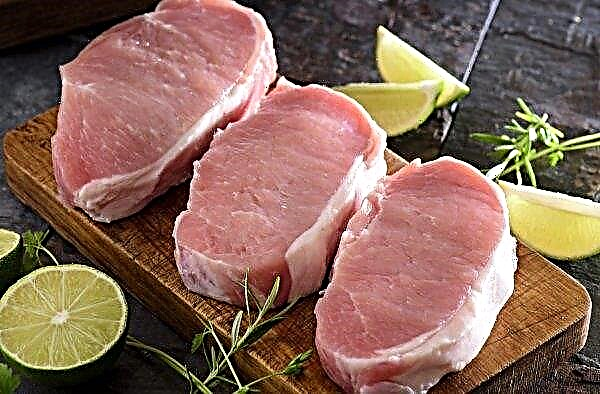In modern private courtyards you can meet representatives of a wide variety of chickens, not only foreign, but also domestic breeding. The “Orlovites”, who have many advantages, should be attributed to the latter.
The origin and history of the breed
In our time, it is not known exactly by whom and when the first chickens of the Oryol breed were bred, but according to the generally accepted theory this happened at the end of the 18th or at the beginning of the 19th century and not without the participation of Count Orlov-Chesmensky (his surname served as the basis for the name of the breed).
Soon after the emergence of a new variety, hens began to breed in large numbers different categories of people: from landowners and merchants to ordinary peasants, but the Orlovtsy reached their maximum distribution only in the 1870s. In 1914, the breed was recognized at the official level, having formed the first requirements for the exterior and productivity of all its representatives. However, the massive import of foreign poultry slightly reduced the demand for Oryol chickens, as a result of which they were almost forgotten until the 50s of the twentieth century.
In 1914, the breed was recognized at the official level, having formed the first requirements for the exterior and productivity of all its representatives. However, the massive import of foreign poultry slightly reduced the demand for Oryol chickens, as a result of which they were almost forgotten until the 50s of the twentieth century.
Starting from the 60s of the last century, they started talking about the Oryol breed again, and today these birds are found quite often.
Did you know? According to some theories, the blood of Malay and Persian chickens flows in the veins of modern "Orlovites", which largely explains the motley color of birds.
Description of Oryol hens
Like every breed, Oryol chickens have their own individual set of external characteristics and productivity features that must be taken into account when choosing a bird. Let's look at each of them.
Appearance
Although the "Orlovites" are considered representatives of the meat and egg direction, most often they are bred for meat. At a height of about 60 cm, their weight is 3.5-4 kg, and some roosters with good nutrition can gain all 5 kg. No less attractive for many breeders is the exterior of the birds, thanks to which they become a real decoration of the yard.
| Appearance | Characteristic |
| Head | Medium in size, with roosters with deep-set eyes and heavily overhanging eyebrows. Eyes are red-orange. Thick plumage in the upper part makes the head spherical (in hens it is more pronounced). |
| Crest | In males, it resembles a cut and flattened raspberry, with many tubercles over the entire surface. It is located at the bottom of the forehead and, as it were, hangs over the nostrils. In females it is weakly expressed. |
| Beak | Bent down, thick and relatively short, yellow. |
| Neck | Long, in the upper part has a characteristic feather border, resembling a scruff |
| Chest | In roosters - massive and muscular, protrudes a little forward, in chickens - more elegant |
| Stomach | Always fit and should not be rounded down |
| Wings | Medium-long, wide and blend well with the body |
| Tail | Of medium length, in males it is located at right angles to the body line, while in females it is slightly inclined. The tail feathers are narrow, but well rounded, and in the upper part are slightly elevated above the others. |
| Paws | With long and thick legs and feet. |
| Plumage color | There may be several types: chintz, scarlet, black-red, motley, white and black-motley, but the first color is considered the most common. |
Males most often have light brown or reddish-clay plumage, with the addition of white-black blotches on the chest, abdomen and legs. Wings can have brown-black fly feathers, but always with white tips. In females, the primary colors are the same as in roosters, except that they are slightly lighter, and white spots with black bordering are slightly larger.
Did you know? On ancient Russian lands, the first hens appeared in the IV century BC. e., and they got there presumably from Asia.
Temperament
Females of Oryol hens are quite calm, but at the same time curious and “lively”. Males also possess these qualities, but at the same time they are known for their absurd disposition, because of which they are better kept separately from other roosters, since they constantly climb into the fray.
Advantages and disadvantages
- In the case of the Orlovites, the benefits are expressed in the following:
- high decorativeness of birds and their natural beauty;
- quite high rates of meat productivity;
- high palatability of meat;
- excellent cold resistance;
- unpretentiousness in the choice of feed.
- As for the disadvantages of breeding the Oryol breed, then this list, first of all, should include:
- relatively low egg production;
- late puberty;
- the lack of instinct for hatching chickens in chickens, and as a result of problems with their nursing.
How to contain Oryol chickens
When breeding any birds, it is important to create all the necessary conditions for normal growth and development, otherwise you should not expect high productivity from the bird.
The maintenance of the Oryol hens is not distinguished by high material and labor costs, but there are some features worthy of your attention.
Chicken coop requirements
For the "Orlovites" a standard chicken coop is quite suitable, with several windows and good ventilation. Given that these hens tolerate cold weather, in regions with a warm climate, you can not insulate the building in winter. Inside the chicken coop, it is allowed to divide into several pens or the cellular content of the bird, but always with a regular range. The floor of the room is covered with sawdust for the winter and covered with a bed of dry straw, which is burned with the advent of spring. Also in winter, birds will need additional lighting, which will increase their egg production.
The floor of the room is covered with sawdust for the winter and covered with a bed of dry straw, which is burned with the advent of spring. Also in winter, birds will need additional lighting, which will increase their egg production.
Important! Joint keeping with other breeds is undesirable, therefore, when breeding a large number of different chickens, Oryol residents will have to be kept in separate fences inside the chicken coop.
Walking patio
Walking is important for any poultry, therefore, next to the chicken coop, it is advisable to organize a small fence with free access to it. If the size of the site allows, it is advisable that 1 bird had at least 0.5–1 m of free-range territory, and without the presence of representatives of other breeds on it. Approximately 1/3 of the walk should be covered with tin or other covering material, so that the hens can hide under a canopy from rain and the scorching sun.
Approximately 1/3 of the walk should be covered with tin or other covering material, so that the hens can hide under a canopy from rain and the scorching sun.
Feeding troughs and drinking bowls
Given the special structure of the beak of Oryol chickens, it is not surprising that feeders and drinking bowls for them must meet certain requirements, which are expressed in the following:
- accommodation - not higher than 20-30 cm above the floor, so that it is convenient for the chicken to drink or take food;
- depth - no more than 10 cm, taking into account the parameters of the bird's beak;
- sectionalization - long feeders should be divided into several compartments so that birds do not interfere with each other during meals;
- material - Necessarily easy to clean, allowing you to quickly and efficiently clean the drinkers or feeders from mold and food debris.
Feeding chickens
Many poultry farmers consider the "Orlovites" undemanding to eat, but at the same time, their diet should be as diverse and balanced as possible, with the presence in it:
- root crops;
- whole and crushed grain;
- boiled potatoes;
- dairy products (sometimes kneading on kefir is allowed);
- leftover food from the table;
- herbs from the garden and the garden (in the summer).
 If necessary, you can use ready-made compound feeds, and mineral additives, fine gravel and sand, which are poured into separate feeders, are perfect for the role of additional feeding.
If necessary, you can use ready-made compound feeds, and mineral additives, fine gravel and sand, which are poured into separate feeders, are perfect for the role of additional feeding.Do not forget to monitor the freshness of water: it should not stagnate in drinking bowls. Grain can be left in feeders throughout the day, but wet mixes are given to the bird 1-2 times a day with mandatory quality control.
Shedding and egg laying break
With good nutrition in a warmed house, some representatives of Oryol chickens may not stop laying, but most often the decrease in the number of eggs obtained is explained by molting in the pre-winter period. The duration of the change of feathers and the lack of egg laying for each bird is strictly individual, but on average does not exceed 1 month.
Did you know? Sometimes two yolks come in one egg, but twins will not work out of it: two embryos simply do not fit under the shell.
Herd replacement planned
"Orlovtsy" reach their maximum egg production in the second year after birth and maintain good productivity indicators for another year. This also applies to weight indicators, which means that a planned replacement of the herd can be carried out after 3-4 years of successful keeping of birds.
Features of growing chickens
Chickens in Oryol chickens are very susceptible to any undesirable environmental influences, but above all, sharp temperature changes, increased humidity and dampness in the chicken coop, as well as disturbances in the diet are fatal to them. Therefore, in order to avoid undesirable consequences when keeping young animals, it is important to consider some recommendations.
Therefore, in order to avoid undesirable consequences when keeping young animals, it is important to consider some recommendations.
Care after birth
As mentioned earlier, Oryol chickens grow relatively slowly and are covered with feathers, so a certain temperature should be maintained in the house for the first two months: about 22–25 ° C.
In addition, it is necessary to exclude any drafts or dampness in the room, as this is fraught with colds and infectious diseases of young animals.
For a beginner poultry farmer, raising Oryol chickens may seem like a daunting task, but in fact, everything is extremely simple if the premises are properly prepared in advance.
The subtleties of feeding
In addition to organizing suitable living conditions for chickens, an equally important factor in their full growth and development is a proper and balanced diet, which in the first month of life can look like this:
- Day 1–5 - chopped boiled egg or cottage cheese mixed with cornmeal (can be alternated).
- 5-10 day - wet mixers on a special compound feed, finely chopped greens, wheat bran or boiled carrots;
- 10-20 day - the same mixers, with the addition of greens and wheat bran.
- 20-30 days - in addition to the products listed, a significant part of the diet of birds should be greens, which your wards will be able to find on a walk themselves.
 As for the regularity of feed delivery, from 1 to 10 days 6-7 meals a day are provided, and from 10 to 30 - 4-5 meals a day. Drinking water is replaced daily, and preferably 2 times a day: in the morning and in the evening.
As for the regularity of feed delivery, from 1 to 10 days 6-7 meals a day are provided, and from 10 to 30 - 4-5 meals a day. Drinking water is replaced daily, and preferably 2 times a day: in the morning and in the evening.Vaccination
Chicks are vaccinated to prevent the development of Newcastle, Marek's diseases, infectious bronchitis and salmonellosis, especially in those farms where similar cases have already been recorded. This does not mean that the "Orlovites" must be vaccinated, but in order to save yourself from unnecessary worries, it is still worth doing.
The vaccine can be purchased at a veterinary pharmacy and injected yourself, or seek help from a qualified professional. As an alternative, immunization of young animals by mixing the right drug in drinking water is considered, but it is also worth talking with a veterinarian.
As you can see, caring for Oryol chickens is not easy, but given their positive qualities and very tangible advantages, the efforts made will not be in vain. Only with a responsible approach to the issue of content can we talk about the optimal productivity and decorativeness of these birds.

